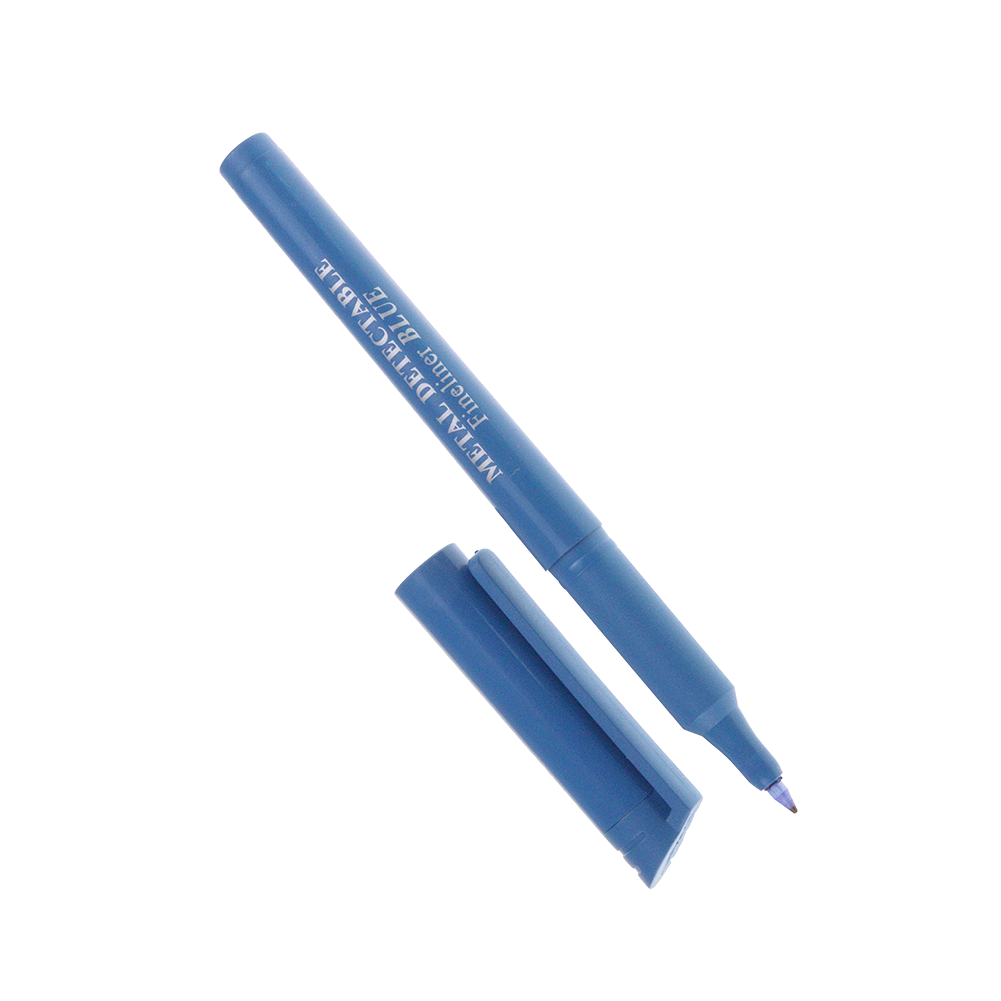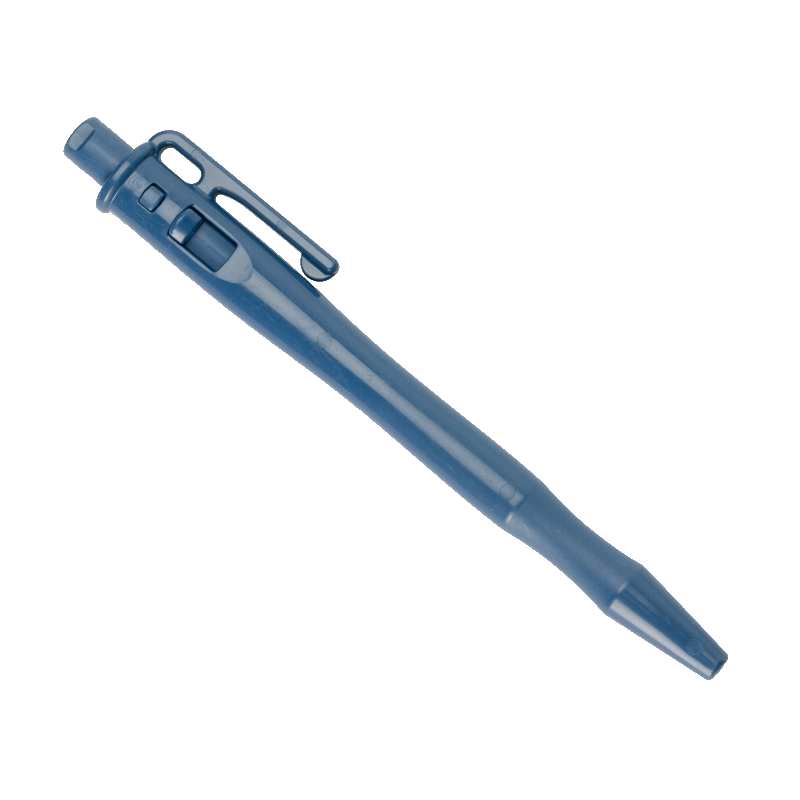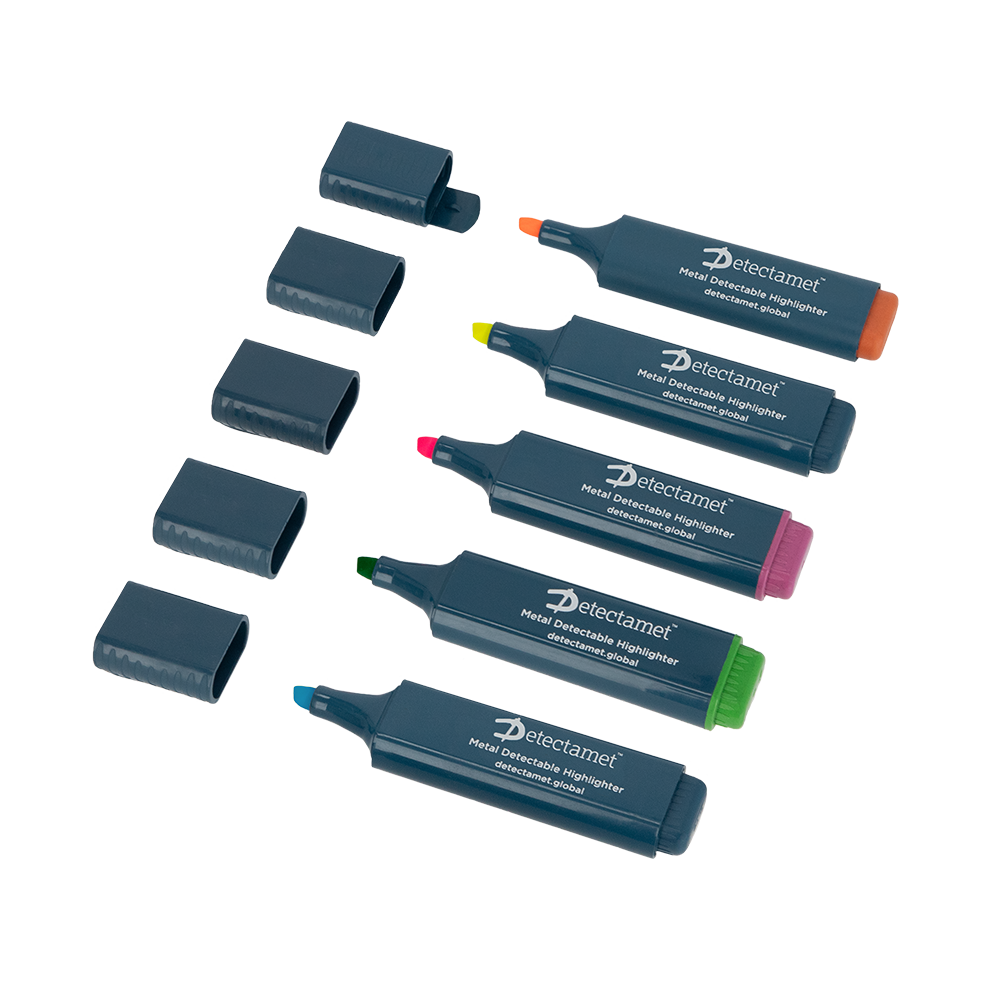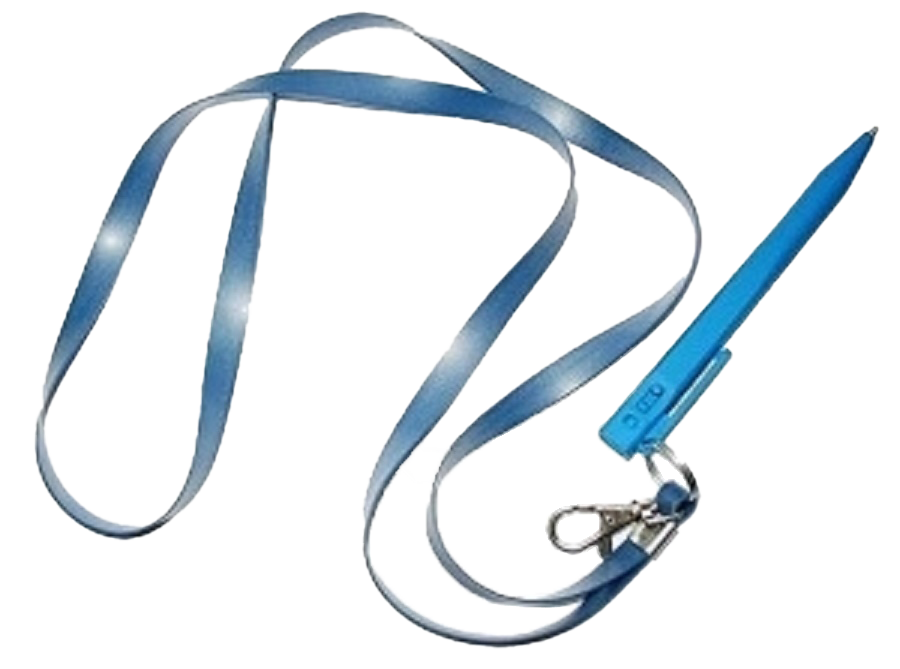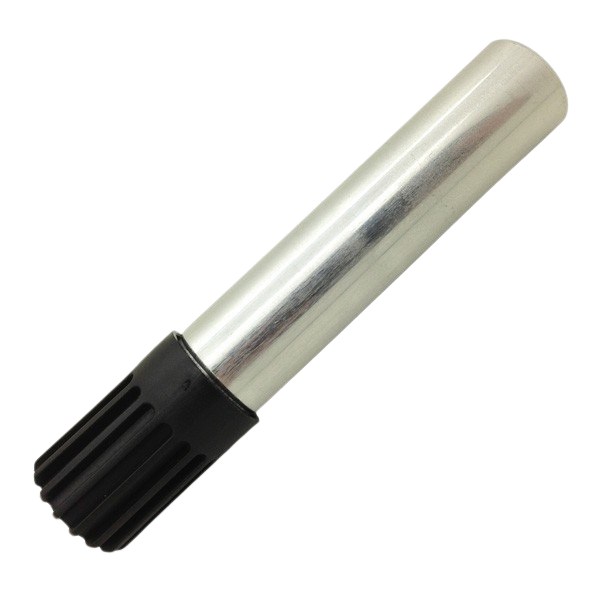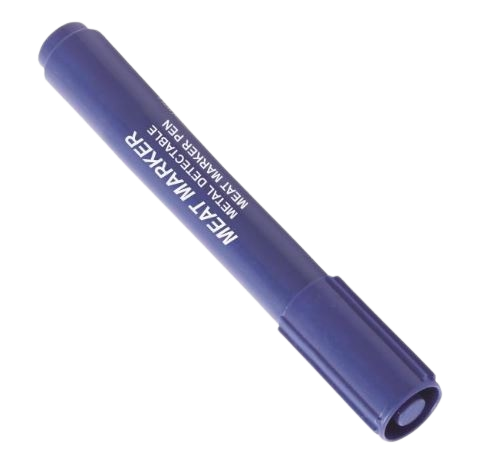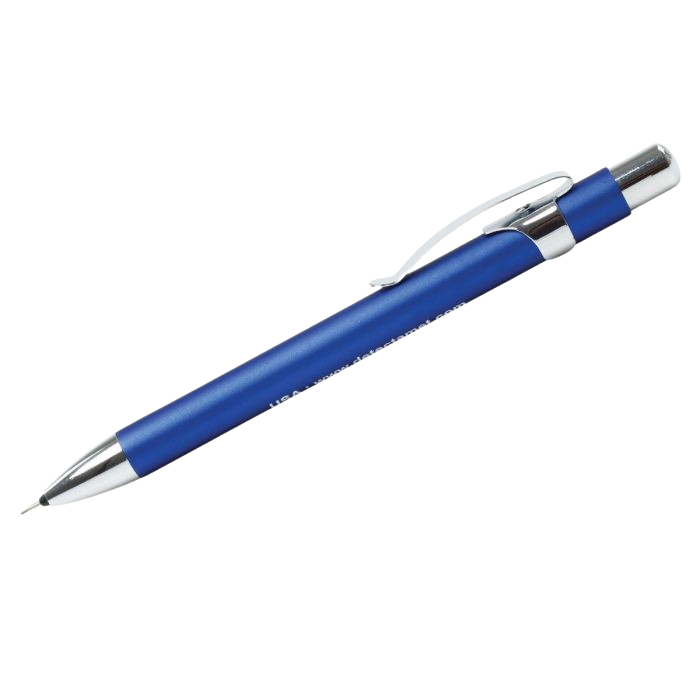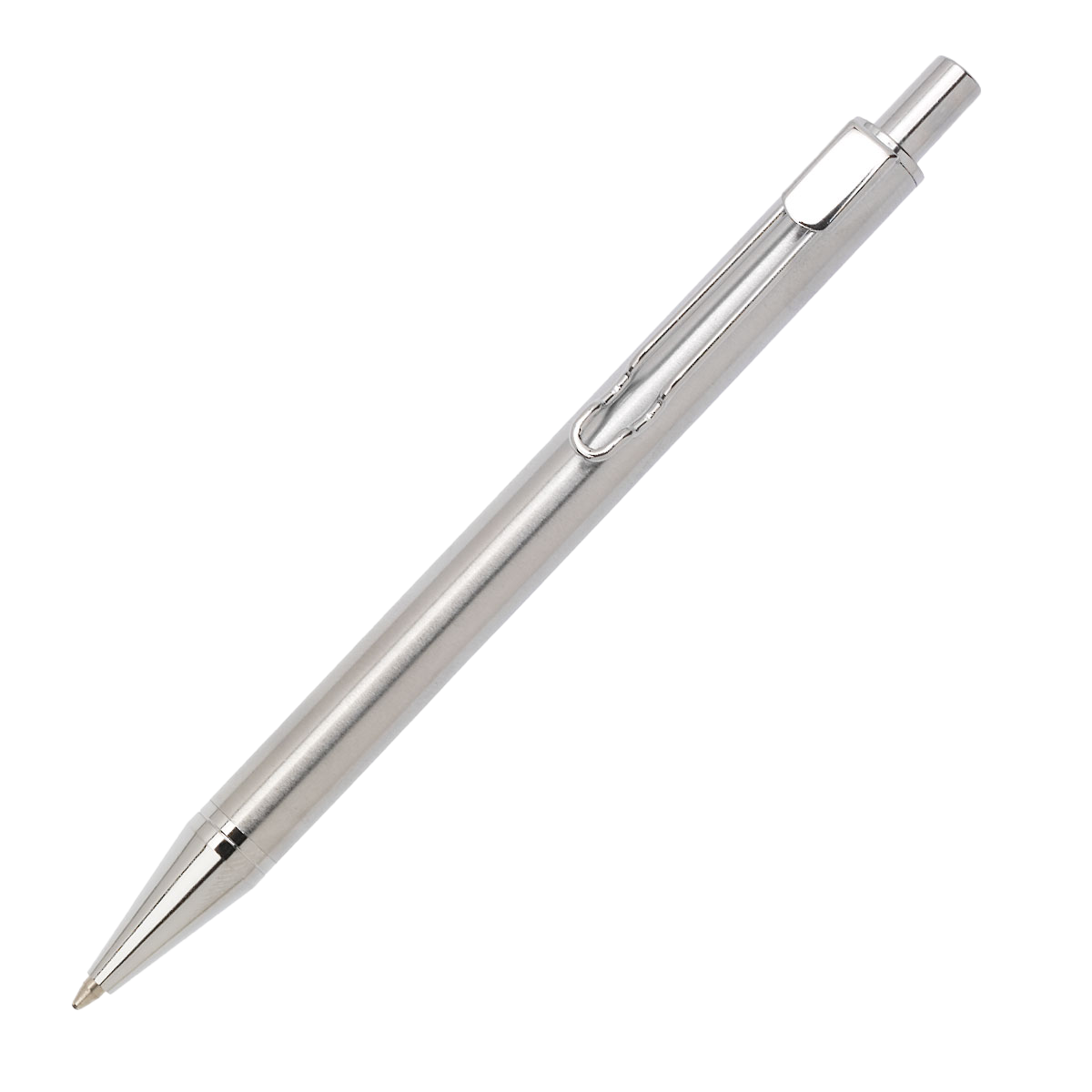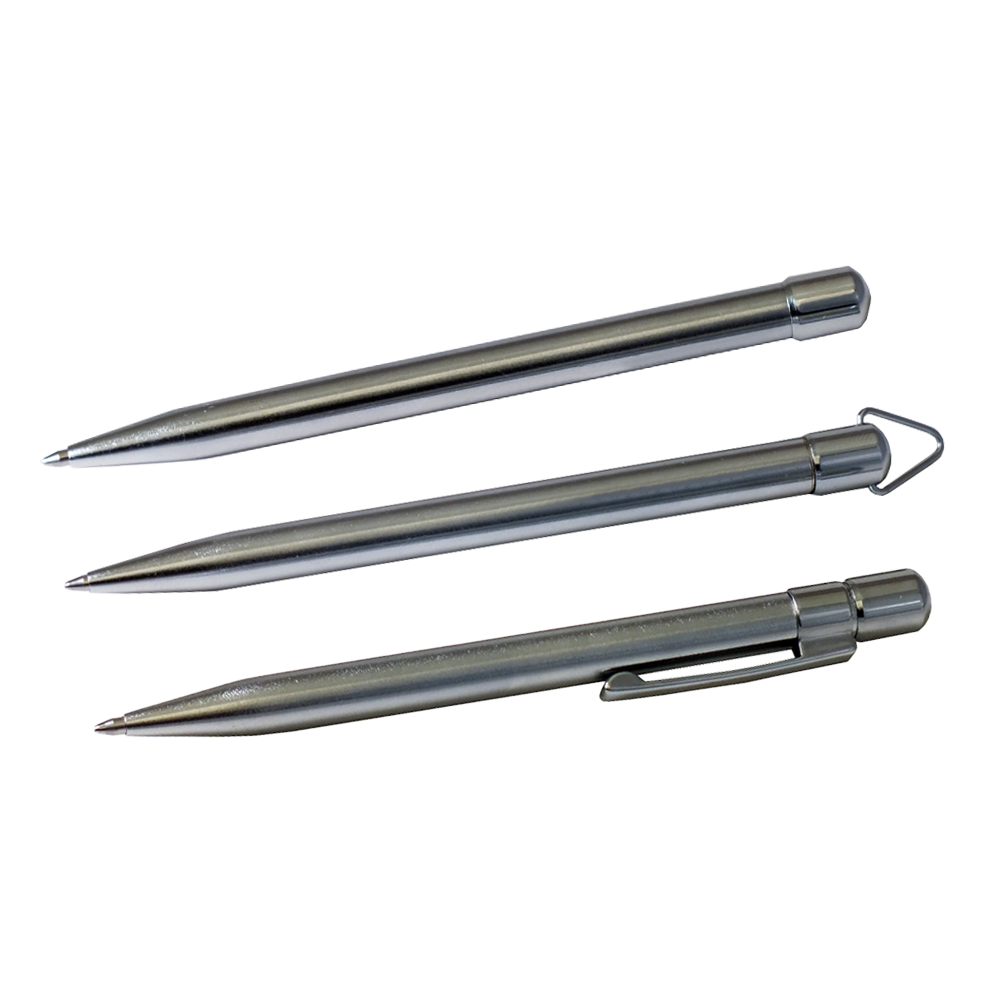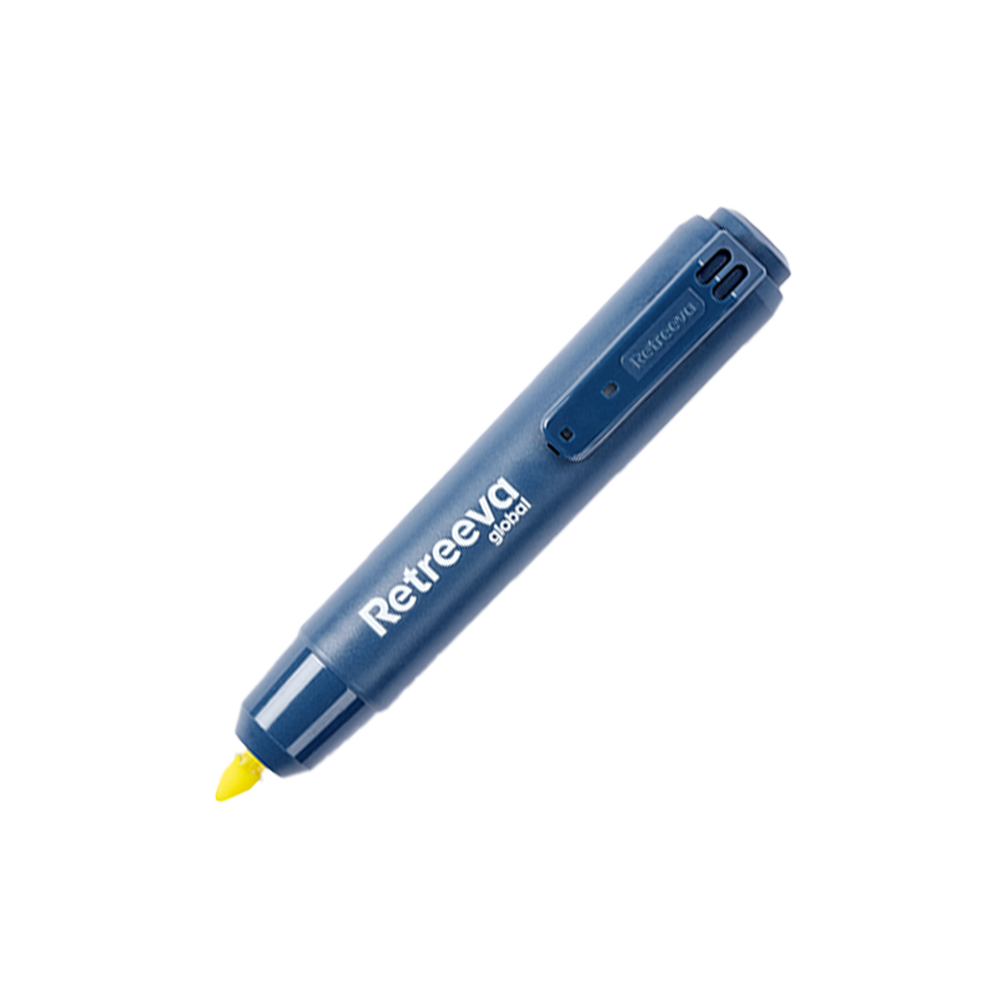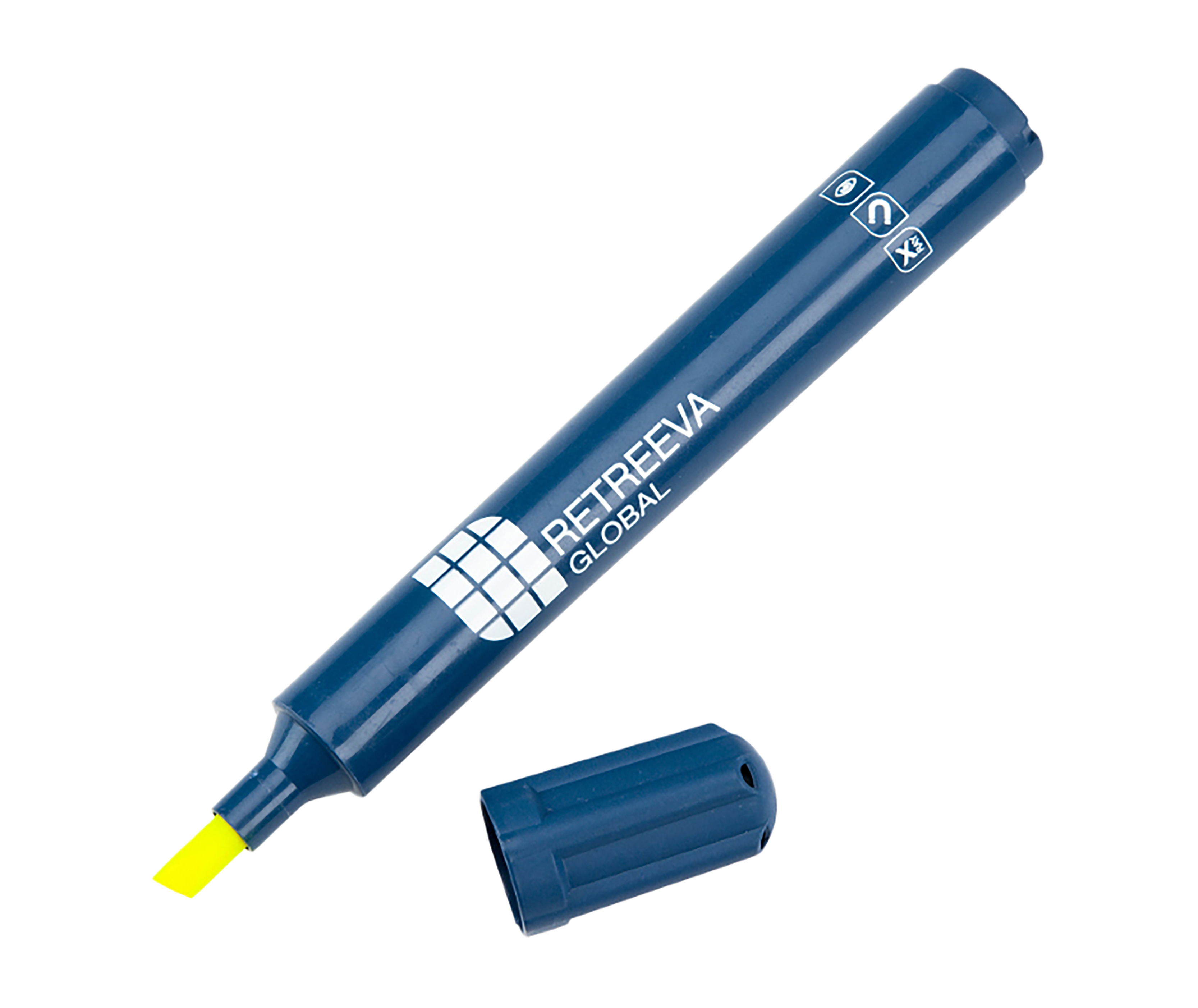Detectability
X-Ray (radiodetectability): These materials are capable of absorbing or scattering X-rays, allowing them to be detected using X-ray equipment.
Metal detectability: They contain metallic elements or compounds that are detected by metal detectors to detect metallic contaminants.
Operation:
The main function of detectable products is to identify foreign objects such as metal particles or other contaminants in products to ensure product safety. This allows manufacturers to segregate potentially hazardous foreign objects and produce high-quality and safe products. Detectable items are typically equipped with metallic or magnetic materials or are made from such materials. This allows metal detectors to easily identify them if fragments of the items accidentally enter the production line.
Applications:
In the food industry, there are various detectable items, including:
- Pens and writing instruments
- Hairnets and protective clothing
- Band-Aids and dressings
- Cleaning tools like brushes and shovels
- Gloves
- Earplugs
Importance in the Food Industry:
The use of detectable items in food processing is an essential safety aspect. It minimizes the risk of foreign objects entering food products, which could potentially be dangerous to the end consumer. Additionally, they help companies avoid costly production failures, recalls, and potential legal consequences.
Standards and Regulations:
In the European region, there are various standards and regulations that directly or indirectly relate to detectability in the food industry:
EN ISO 22000 – Food Safety Management Systems: This standard sets the requirements for a food safety management system, including all food-related processes in the production chain.
BRC Global Standard for Food Safety (BRCGS): This standard contains specific requirements for foreign body control programs, including detectability.
IFS Food (International Featured Standard): A standard for auditing food manufacturers that sets specific requirements for processes and measures to prevent contamination by foreign bodies.
EN ISO 13485 – Medical devices – Quality management systems: Although this standard primarily applies to medical devices, some food manufacturers producing detectable products (e.g., dressings) refer to this standard to ensure the detectability and safety of these products.
EN 1672-2 – Food machinery – General design principles: This standard includes requirements for cleanability, pest exclusion, and prevention of foreign body contamination.


